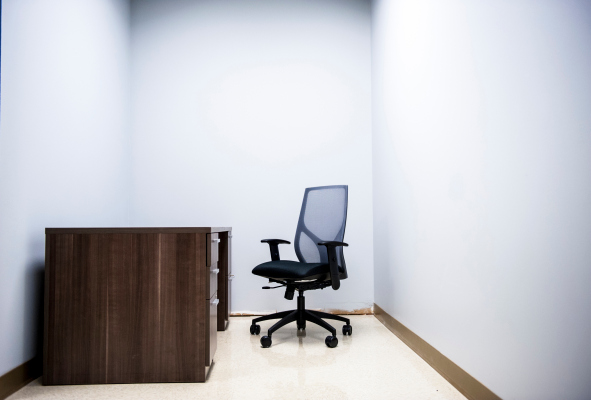A little over a year into launching StrongLoop, an enterprise API startup eventually acquired by IBM, we were out over our skis. It was my doing — having built a vast top of funnel, we expected our product to have a specific sell-through rate and I’d optimistically hired in engineering, customer support, marketing and sales. However, the sales cycles were long, burn rate was too high and we had too many highly skilled people who were a little bored. It was time to orchestrate a reduction in force.
I’d been laid off a few times myself, once from a pivoting startup and again during the downturn of 2001, so I knew what it felt like. I’d also been a manager at a larger company that laid off employees, so I’d seen the corporate playbook. But as the CEO, I had personally sold these people on our vision, cramming into a small substandard office with them for months or years — it felt very personal. Back then, the job market was robust: I didn’t worry about team members finding new jobs. Today is more uncertain.
With many startups under the pressure of a pandemic-fueled economic crisis, I interviewed several CEOs who have had to orchestrate COVID-19-related layoffs to capture (what I believe) are some best practices to downsize correctly and compassionately.
Put people before projects
One company had a pending product launch, yet a few renewals were pushed due to COVID-19-based uncertainty. Meanwhile, the board had decided to extend runway to have more options. The question was: Should the company complete the product launch and let employees know they’re losing their jobs after? Or should they tell employees ahead of time, risking a loss in focus while some members of the team (correctly) start looking for jobs?










